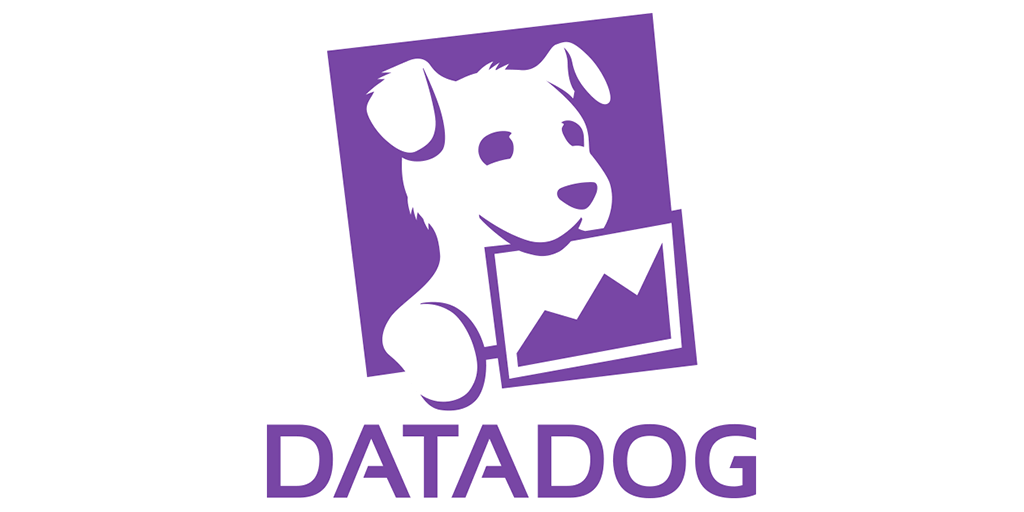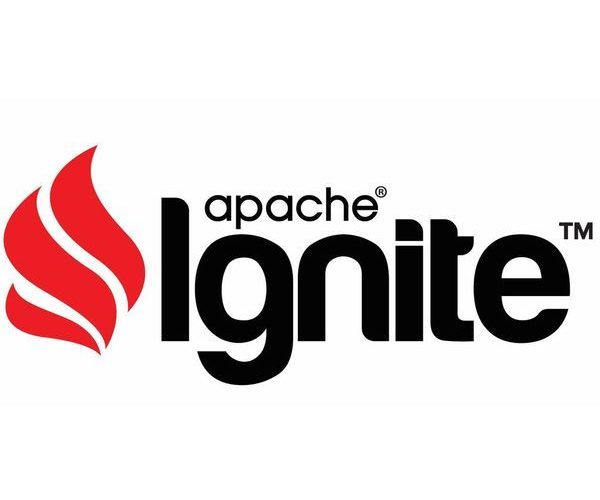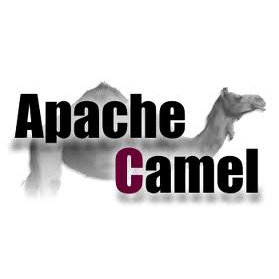Episode 99. SHHH! It’s a secret! (Storing API Keys / Passwords / tokens!)
Ok, so is time to talk about something secretive! Like API Passwords, Auth tokens, or keys… these are things that we want to have as a Secret within our microservice. And yeah, adding them into your source code is a big no-no
Here we cover the dos (and dont’s) of secret management, what are the benefits and drawbacks of the different solutions and we explore some of our favorite open source (and Cloud tools) for keeping secrets. We answer some important questions on how to effectively store and manage these secrets (the short answer is don’t try to do it yourself!), and end up with the list of best practices for it.
If you are building a non-trivial (or interesting) web service, this is a must-listen episode!

http://www.javapubhouse.com/datadog
We thank DataDogHQ for sponsoring this podcast episode
Don’t forget to SUBSCRIBE to our cool NewsCast OffHeap!
http://www.javaoffheap.com/
Language Features
Using AWS Secrets Manager to manage secrets in Spring Boot
https://raymondhlee.wordpress.com/2019/10/11/using-aws-secrets-manager-to-manage-secrets-in-spring-boot-applications/
AWS Secrets Manager
https://aws.amazon.com/secrets-manager/
Spring Cloud AWS
https://cloud.spring.io/spring-cloud-aws/reference/html/
Hashicorp Vault
https://www.vaultproject.io/
Do you like the episodes? Want more? Help us out! Buy us a beer!
https://www.javapubhouse.com/beer
And Follow us!
https://www.twitter.com/javapubhouse














Recent Comments